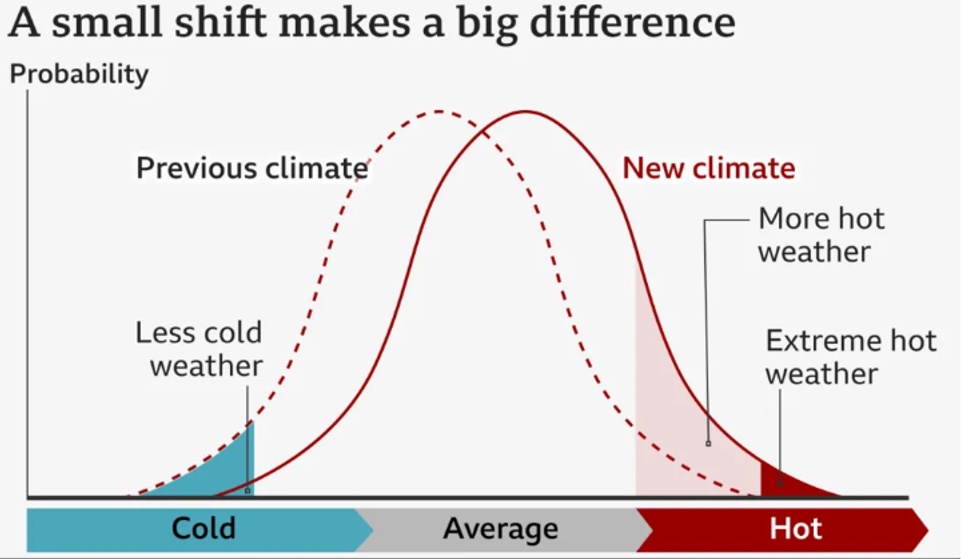ABRAMOVIC’S EXHIBIT WILL BE ‘UP CLOSE AND PERSONAL’
by AMIT ROY
THE Royal Academy of Arts last week laid out its ambitious plans for 2020 that will include “a conversation across time” between Tracey Emin, perhaps best known for her My (very untidy) bed and the Norwegian painter, Edvard Munch, “whose best known work, The Scream, has become one of the most iconic images of world art”.
Edith Devaney, who will be curating Tracey Emin/Edvard Munch: The Loneliness of the Soul in November, said: “I worked with Tracey Emin in 2008. It will be great to work with her again – the first woman to hold the post of professor at the Royal Academy.”
Devaney added: “The exhibition concept was originated by the Munch Museum and will open there before coming here in a revised form. The Munch works in the exhibition have all been carefully selected by Tracey Emin and all of them come from Oslo. Tracey’s fascination with his work goes right back to her student days. She has said she has been in love with this man since she was 18. And this interest in one of modernism’s most significant artists has been sustained across her career.”
The performance art of Marina Abramovic might provoke even more reaction when it opens in September 2020. Members of the audience will be invited to squeeze through a narrow gap left by a naked man and a woman who stand facing each other.
Abramovic, who is 72, is considered by some to be the most important performance artist of her generation. Born in Belgrade in the former Yugoslavia (now Serbia), her work is said to explore “body art, endurance art and feminist art, the relationship between performer and audience, the limits of the body, and the possibilities of the mind”.
She will be present at the Royal Academy during her exhibition (September 26 to December 8, 2020), but at her age she is not expected to participate herself.
There was nervous laughter as the curator Andrea Tarsia gave details of the item in the show called Imponderabilia: “It will take place in the gallery as a live performance which will run for the duration of the exhibition as it was conceived originally. People will be able to choose whether to move through it (the gap between the man and the woman) or around it.”
Asked about audience participation at previous performances, Tarsia replied: “People did choose both – some stood back and couldn’t quite handle it. Some fairly charged through a number of times. It will be performed by young performers and there will be a process for selecting them and preparing them. And there will be a rotation.”
According to the RA, “the exhibition will be Abramovic’s first major survey in the UK, bringing together over 50 works spanning her entire career. The exhibition will explore how Abramovic captures and defines performance art through photographs, videos, objects, installations and live re-performances of her work.”
The RA’s recently appointed secretary and CEO, Axel Rüger, said the 2019 Summer Exhibition attracted 194,577 visitors and was one of its most successful.
The RA’s artistic director Tim Marlow announced that next year will “begin with one of the giants of modern art – Picasso”.
Picasso and Paper, starting in January, will be “the most comprehensive exhibition devoted to Picasso’s imaginative and original uses of paper ever to be held. Bringing together over 300 works and encompassing Picasso’s entire prolific 80-year career, this ground-breaking exhibition will focus on the myriad ways in which the artist worked both on and with paper, and will offer new insights into his creative spirit and working methods”.
There will be an exhibition, organised in collaboration with the Musée d’Orsay in Paris of 90 works by Léon Spilliaert, “a Flemish artist who remains surprisingly unknown outside of his native Belgium”.
Spring will bring Gauguin and the Impressionists: Masterpieces from the Ordrupgaard Collection. It will include masterpieces by Degas, Manet, Monet, Morisot, Pissarro, Renoir, and Sisley. The collection also features pre-Impressionists such as Corot, Courbet, Dupré and Daubigny.
July will see Cezanne: The Rock and Quarry Paintings. “Cézanne was fascinated with geology and throughout his career sought sites characterised by rocky terrain: the Forest of Fontainebleau 40 miles to the southeast of Paris; the cliffs at the bay of L’Estaque west of Marseilles; and in his native Aix-en-Provence, the rock-strewn grounds of the nearby Chateau Noir and the abandoned Bibémus quarry.”
In June, there will be an exhibition of the works of Angelica Kauffman, “one of the most successful artists of her time and a founding member of the Royal Academy. Born in Switzerland in 1741, Kauffman was recognised as a child prodigy, before receiving formal artistic training in Italy. Arriving in London in 1766, she enjoyed an unprecedented career as a history painter and portraitist before moving to Rome in 1782, where her studio became a hub of the city’s cultural life.”
In October, the RA will have an exhibition, Rita Angus: New Zealand Modernist. According to the RA, “Rita Angus (1908-1970) is justly considered one of New Zealand’s most important early modern artists. She was a pioneer in celebrating the rich and powerful landscapes of the country in a bold new way.
“Included in the exhibition will be Cass, 1936, depicting a small railway station in the Canterbury region of the South Island which challenged the prevailing attitudes to landscape painting, creating a new nationalist language that challenged long-established conventions and appealed to ordinary New Zealanders. In a 2006 public poll, Cass, 1936 was voted New Zealand’s most popular painting and has come to symbolise the natural beauty and independent spirit of the country.”

















 Anita GuruInstagram/ _themindcoach_
Anita GuruInstagram/ _themindcoach_
 Sea levels around the UK are now rising faster than the global averageUS EPA
Sea levels around the UK are now rising faster than the global averageUS EPA